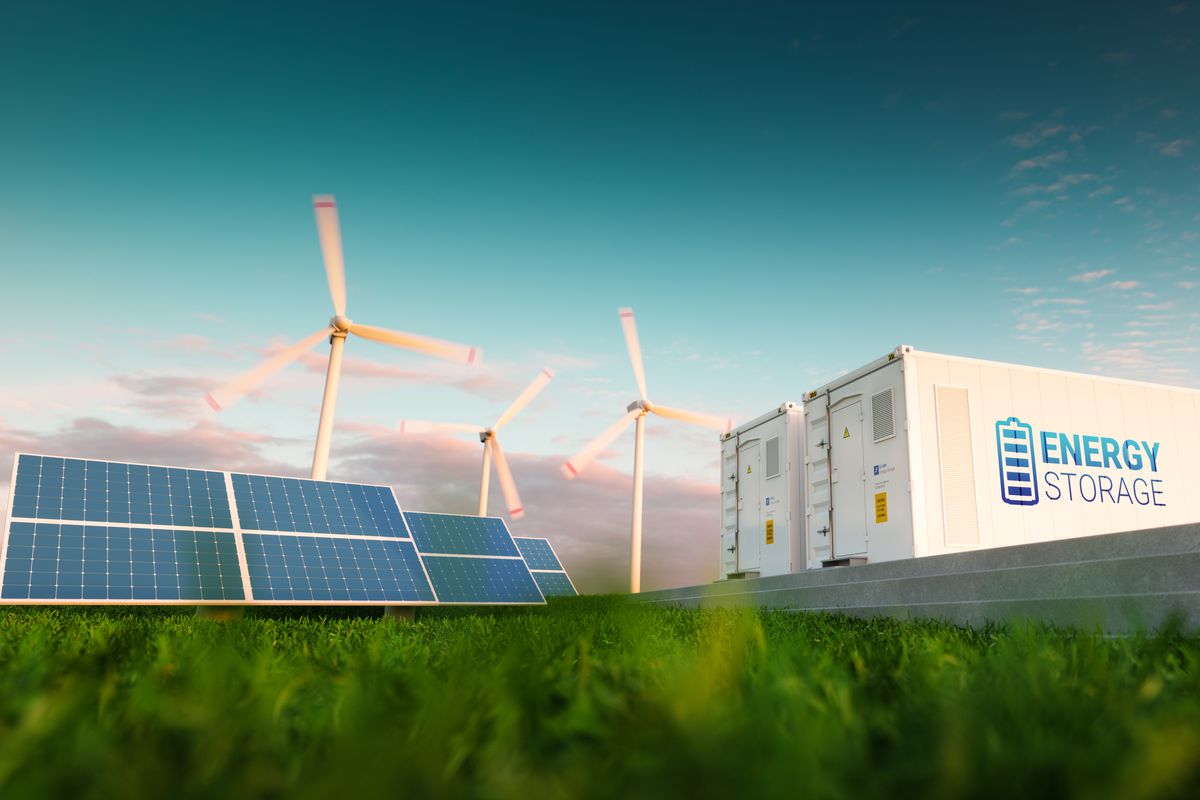Renewable Energy Storage Technologies
Renewable energy has emerged as a beacon of hope in the quest for a sustainable future. As we face the pressing challenge of reducing our carbon footprint and mitigating the effects of climate change, renewable energy sources have taken center stage. However, efficient energy storage technologies are crucial to harness renewables’ full potential. In this article, we delve into renewable energy storage technologies, exploring their significance, advancements, and role in shaping a greener tomorrow.
The Rising Demand for Renewable Energy
The global demand for clean and renewable energy sources has never been more pronounced. Fossil fuels, once the primary energy source, have been exposed for their detrimental environmental impact. This realization has prompted a paradigm shift towards cleaner alternatives like solar, wind, and hydropower.
Solar Power: A Radiant Solution
Solar power, harnessed through photovoltaic cells, has become one of the most sought-after renewable energy sources. The ability to capture sunlight and convert it into electricity is sustainable and infinitely abundant. However, there is a challenge – the sun doesn’t always shine, and energy needs persist day and night. This is where energy storage technologies step in.
Batteries: The Backbone of Energy Storage
When it comes to storing excess energy generated from renewables, batteries have become indispensable. Over the years, significant advancements in battery technology have been made, making them more efficient, durable, and eco-friendly. Lithium-ion batteries, for instance, have become a household name due to their use in portable electronic devices and electric vehicles.
Advancements in Battery Technology
- Lithium-Sulfur Batteries
Lithium-sulfur batteries are emerging as a game-changer in energy storage. With higher energy density than traditional lithium-ion batteries, they promise longer-lasting and more powerful energy storage solutions. Researchers are continually working to improve their performance and reduce production costs.
- Solid-State Batteries
Solid-state batteries are poised to revolutionize energy storage. They replace the liquid electrolyte in conventional batteries with a solid material, enhancing safety and energy density. As these batteries become more commercially viable, they hold the potential to reshape the electric vehicle and renewable energy industries.

Pumped Hydro Storage: Tapping into Gravity
While batteries are a vital energy storage component, other innovative technologies are also making their mark. Pumped hydro storage is a classic yet highly effective method of storing energy. It involves using surplus energy to pump water uphill to a reservoir and releasing it to generate electricity when needed. This ingenious process leverages the power of gravity to store and retrieve energy efficiently.
Compressed Air Energy Storage (CAES)
Another noteworthy energy storage solution is Compressed Air Energy Storage (CAES). This method involves compressing air and storing it in underground caverns. When energy is needed, the compressed air is released to turn turbines, generating electricity. CAES is known for its rapid response time, making it ideal for balancing the intermittent nature of renewable energy sources.
The Role of Artificial Intelligence (AI)
Artificial intelligence plays a pivotal role in the ever-evolving landscape of renewable energy storage. AI-driven systems can optimize the charging and discharging of energy storage systems, ensuring maximum efficiency. Machine learning algorithms analyze data in real time, predicting energy demands and optimizing the use of stored energy.
The Road Ahead
Renewable energy storage technologies will continue to evolve and mature as we venture into the future. These advancements will enhance the efficiency of renewable energy sources and reduce our reliance on fossil fuels. The race to create sustainable, cost-effective, and scalable energy storage solutions is on, and it holds the key to a greener, more sustainable world.
In conclusion, renewable energy storage technologies are the linchpin of our transition to a sustainable energy future. From cutting-edge batteries to gravity-based storage methods and AI-driven optimization, these technologies propel us toward a cleaner, greener tomorrow. As we embrace these innovations, we are reducing our carbon footprint and securing a brighter future for generations to come.

